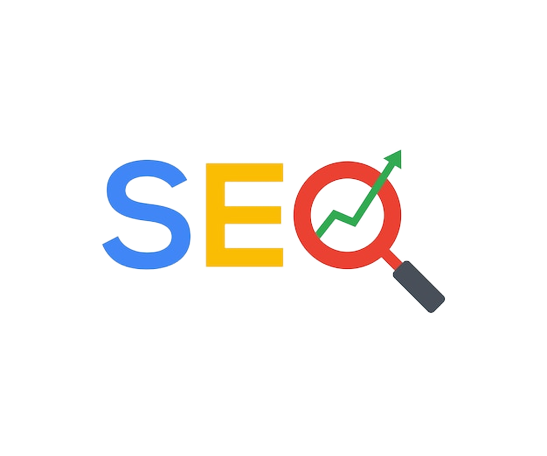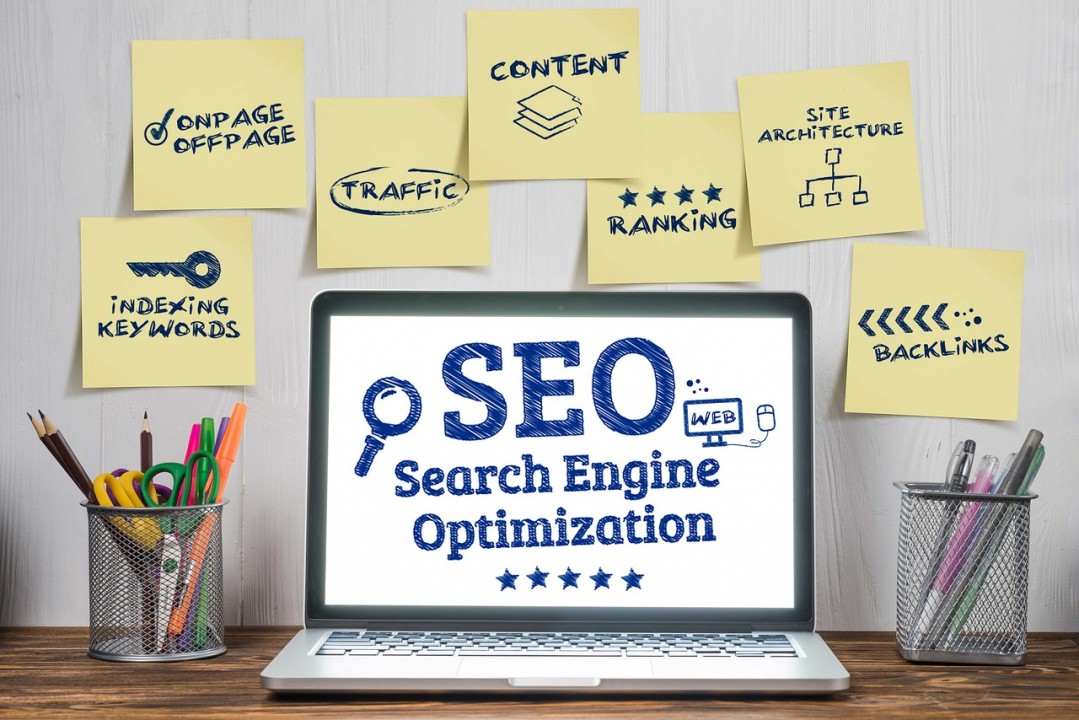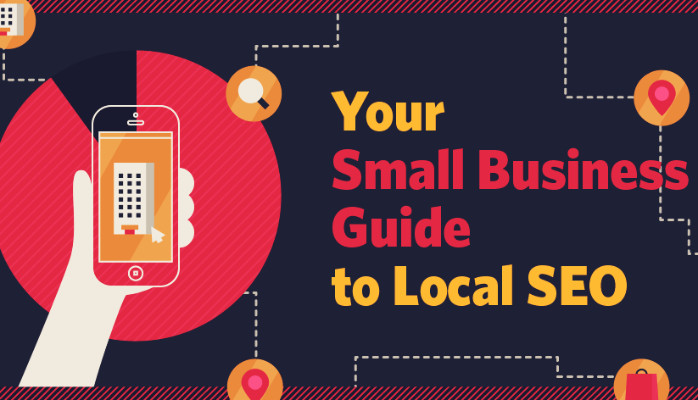In the highly competitive world of e-commerce, SEO is critical for driving organic traffic and increasing sales.
By focusing on the key ranking factors that affect your store’s search engine visibility, you can improve your chances of ranking higher in search results and attracting potential customers.
Below is a comprehensive guide to the most important e-commerce SEO ranking factors and how you can optimize them for better results.
1. Site Structure and Navigation
A well-organized site structure is crucial for both search engines and users. It allows search engines to crawl your website more efficiently and provides a better user experience, which can lead to higher conversions.
Best Practices for E-commerce Site Structure:
- Logical hierarchy: Organize your products into clear categories and subcategories. Ensure that each page is no more than three clicks away from the homepage.
- Breadcrumb navigation: Implement breadcrumbs to help users and search engines understand the hierarchy of your website.
- Clean URLs: Use short, keyword-rich URLs (e.g., /category/product-name). Avoid long, messy URLs with unnecessary parameters or symbols.
Example:
An ideal structure for a shoe store:
- Homepage > Men’s Shoes > Running Shoes > Men’s Blue Running Shoes
2. Keyword Optimization
Keyword optimization is one of the most fundamental ranking factors for e-commerce SEO. By targeting the right keywords, you can attract users who are actively searching for products similar to yours.
Key Areas to Optimize:
- Product Titles: Include the primary keyword in the title (e.g., “Buy Men’s Running Shoes – Lightweight & Breathable”).
- Meta Descriptions: Write compelling meta descriptions (150-160 characters) with a CTA, including the main keyword.
- Product Descriptions: Create unique and keyword-rich descriptions that highlight features and benefits.
- Headers (H1, H2, etc.): Use your primary keyword in the H1 tag and related keywords in H2 or H3 tags.
Example:
For a page selling running shoes, the primary keyword might be “buy men’s running shoes” and related keywords could include “lightweight running shoes” or “best shoes for long-distance running.”
3. Page Load Speed
Page speed is a critical ranking factor in both desktop and mobile searches. A slow-loading website can hurt your rankings, increase bounce rates, and negatively impact the user experience.
How to Improve Page Speed:
- Optimize images: Compress large images without sacrificing quality using tools like TinyPNG.
- Use browser caching: Enable browser caching to speed up repeat visits.
- Minify code: Reduce the size of HTML, CSS, and JavaScript files.
- Leverage Content Delivery Networks (CDNs): Use a CDN to deliver content from servers closer to your visitors.
Tools to Check Speed:
- Google PageSpeed Insights
- GTmetrix
4. Mobile Optimization
With the majority of e-commerce traffic now coming from mobile devices, mobile-friendliness is a top-ranking factor. Google has switched to mobile-first indexing, meaning that it predominantly uses the mobile version of your site for ranking and indexing.
Mobile Optimization Tips:
- Responsive design: Ensure your website looks and functions well on all screen sizes.
- Simplify navigation: Make sure users can easily find products on mobile devices.
- Touch-friendly elements: Ensure buttons, menus, and forms are easy to click on smaller screens.
- Fast mobile load times: Optimize your mobile site to load quickly, keeping images and media sizes low.
5. Unique Product Descriptions
Many e-commerce stores make the mistake of using manufacturer-provided descriptions, which often leads to duplicate content issues. Search engines reward unique and valuable content, so crafting original descriptions for each product is crucial.
Tips for Writing Product Descriptions:
- Write unique descriptions for every product page.
- Focus on features and benefits, emphasizing how the product solves customer pain points.
- Use primary and secondary keywords naturally.
- Keep it concise yet detailed; avoid keyword stuffing.
Example:
Instead of “These shoes are durable and comfortable,” write: “Our lightweight men’s running shoes are built for both long-distance runs and casual jogs. Featuring breathable mesh and cushioned soles, they provide the ultimate comfort and durability for all your fitness needs.”
6. User-Generated Content (UGC) and Reviews
User-generated content, such as product reviews, provides fresh content for your pages and can influence rankings. Google sees reviews as a form of social proof, and pages with UGC tend to perform better in search results.
How Reviews Help SEO:
- Fresh content: Regular reviews add new, relevant content to your site.
- Long-tail keywords: Customer reviews often include long-tail keywords and phrases that potential buyers use when searching.
- Trust signals: Reviews can increase credibility, which indirectly boosts your rankings by improving click-through rates (CTR) and reducing bounce rates.
Example:
Adding a review section with a star rating system under each product can help you get rich snippets in search results, increasing your CTR.
7. Optimized Images and Alt Text
Product images are essential for e-commerce websites, but they also need to be optimized for SEO. Optimizing images can improve both page speed and your chances of appearing in Google Image Search.
Image Optimization Tips:
- Use descriptive file names (e.g., “blue-running-shoes.jpg” instead of “IMG1234.jpg”).
- Write alt text that describes the image and includes the primary keyword.
- Compress images to reduce file size and improve load times.
- Use structured data for product images to improve visibility in rich results.
Example of Alt Text:
“Men’s lightweight blue running shoes – breathable and comfortable for long-distance running.”
8. Internal Linking
Internal linking is important for distributing authority across your website and helping search engines understand the structure of your pages. It also helps guide users to related products or content, improving their overall experience.
Internal Linking Best Practices:
- Link to related products within the product description.
- Use descriptive anchor text that includes relevant keywords (e.g., “check out our collection of men’s running shoes”).
- Create a related products section or frequently bought together section to increase internal links naturally.
9. Backlink Profile
Backlinks, or inbound links from other websites, remain a strong ranking factor. High-quality backlinks from authoritative websites can improve your domain authority and increase your rankings for competitive keywords.
Strategies for Building E-commerce Backlinks:
- Influencer marketing: Partner with influencers or bloggers to review your products and link back to your site.
- Guest blogging: Write guest posts for industry-related websites and include links back to your product pages.
- Digital PR: Create newsworthy content, product launches, or press releases that can attract links from high-authority media outlets.
- Product reviews and unboxings: Reach out to niche bloggers or YouTubers to review your products.
Tools to Track Backlinks:
- Ahrefs
- Moz Link Explorer
10. Schema Markup for Rich Snippets
Schema markup, or structured data, helps search engines understand your website’s content and can enable rich snippets like star ratings, prices, or product availability in SERPs (search engine results pages). Rich snippets can significantly increase your click-through rate (CTR) by making your listing stand out from the competition.
Types of Schema Markup for E-commerce:
- Product Schema: Add product details such as name, brand, price, and availability.
- Review Schema: Enable reviews and star ratings to appear in SERPs.
- Offer Schema: Display promotions, discounts, or availability.
How to Add Schema:
Use tools like Google’s Structured Data Markup Helper or a plugin (if using platforms like Shopify or WordPress) to implement structured data on your product pages.
11. Secure and Reliable Website (HTTPS)
Google prioritizes secure websites, and having an HTTPS site is a direct ranking factor. E-commerce websites deal with sensitive customer information, so implementing SSL certificates to ensure secure data transfer is crucial not only for SEO but also for building customer trust.
Why HTTPS Matters:
- It ensures secure transactions, protecting customer data.
- Google rewards secure websites with higher rankings.
- HTTPS sites are marked as secure in browsers, enhancing user trust and credibility.
12. Content Freshness and Updates
Regularly updating your content, including product descriptions, blog posts, and reviews, signals to search engines that your site is active and relevant. Search engines favor websites that keep their content up to date, especially in industries with changing trends or seasonal products.
Content Update Strategies:
- Update product descriptions with new features or benefits.
- Refresh blog posts with current data, trends, or product updates.
- Add new customer reviews to product pages.
- Write seasonal or trend-based content that can drive traffic during specific times of the year.
Conclusion
Optimizing your e-commerce store for SEO requires focusing on a variety of factors that influence your website’s visibility, usability, and overall performance.
By addressing these key ranking factors—such as mobile optimization, keyword targeting, page speed, content uniqueness, and backlinks—you can create an SEO strategy that not only boosts your rankings but also improves the user experience and drives more sales.
Remember, SEO is an ongoing process, so continually monitor and refine your strategy to stay competitive in the ever-evolving e-commerce landscape.




